Art conservationists and scientists have long sought to understand the factors contributing to the aging of oil paintings. A recent study has raised concerns about the use of nano-titanium dioxide (TiO2) in modern art materials, suggesting that its inclusion may accelerate the degradation of oil paintings over time. The findings challenge previous assumptions about the stability of nanomaterials in artistic applications.
The Hidden Dangers of Nanomaterials in Art
While titanium dioxide in its conventional form has been widely used as a pigment and UV stabilizer in paints for decades, its nano-scale counterpart has gained popularity in recent years due to its enhanced optical properties and improved dispersion characteristics. However, researchers now suspect that at the molecular level, these nanoparticles may interact with the binding medium in oil paints in unexpected ways.
The study, conducted by an international team of conservation scientists, employed accelerated aging tests on paint samples containing varying concentrations of nano-TiO2. Using advanced spectroscopic techniques and electron microscopy, the researchers observed significant changes in the paint film's molecular structure when nanoparticles were present. These alterations appeared to facilitate oxidative processes that typically occur over much longer periods in traditional oil paints.
Mechanisms of Accelerated Degradation
At the heart of the issue lies the photocatalytic activity of titanium dioxide nanoparticles. When exposed to light - particularly ultraviolet wavelengths - these particles can generate reactive oxygen species. In outdoor applications like sunscreens or self-cleaning surfaces, this property is desirable. But within the complex matrix of an oil painting, these reactive molecules appear to attack the surrounding organic compounds.
The research team identified several concerning phenomena in nano-TiO2-containing paints. The oil medium demonstrated increased yellowing and brittleness compared to control samples. Microscopic examination revealed the formation of micro-cracks at the interface between pigment particles and the binding medium. Perhaps most alarmingly, the study detected unexpected chemical byproducts that suggest the nanoparticles may be catalyzing the breakdown of traditional drying oils like linseed and walnut.
Implications for Modern and Historical Art
These findings have significant ramifications for both contemporary artists and conservators working with historical pieces. Many modern paint formulations marketed to artists now include nano-titanium dioxide, often without explicit labeling. Meanwhile, some conservation treatments have incorporated TiO2 nanoparticles as protective coatings for aging artworks.
The study's lead researcher emphasized that while the effects manifest slowly under normal conditions, they could become noticeable within decades rather than centuries. This accelerated timeline raises particular concerns for museum collections and cultural heritage preservation, where artworks are expected to remain stable for generations.
Industry Response and Alternative Solutions
Paint manufacturers have begun responding to these findings, with several major brands announcing reviews of their product formulations. Some companies are exploring surface treatments for TiO2 nanoparticles that might suppress their photocatalytic activity while maintaining their desirable optical properties.
Conservation scientists are meanwhile investigating alternative materials that could provide similar benefits without the associated risks. Early-stage research into zinc oxide nanoparticles and certain rare earth compounds shows promise, though their long-term stability in oil paint systems remains to be thoroughly evaluated.
A Call for Further Research and Transparency
The art conservation community has welcomed the study while cautioning against immediate alarm. Many experts stress the need for additional research to understand how various factors - including pigment concentration, paint layer thickness, and environmental conditions - might influence the degradation processes.
There are growing calls for better labeling standards in artist materials to ensure painters can make informed choices about the materials they use. Some conservators suggest establishing an international database to track artworks created with nano-enhanced paints, allowing for long-term monitoring of their aging characteristics.
As the scientific investigation continues, the findings serve as a reminder that innovations in art materials often come with unforeseen consequences. The delicate balance between artistic expression and material longevity remains an ongoing challenge for both creators and conservators alike.
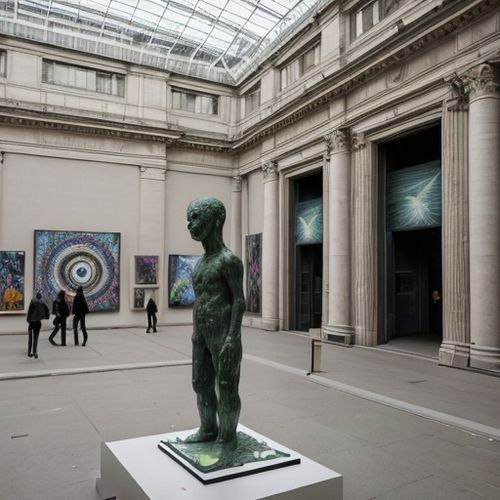
By Jessica Lee/Apr 12, 2025
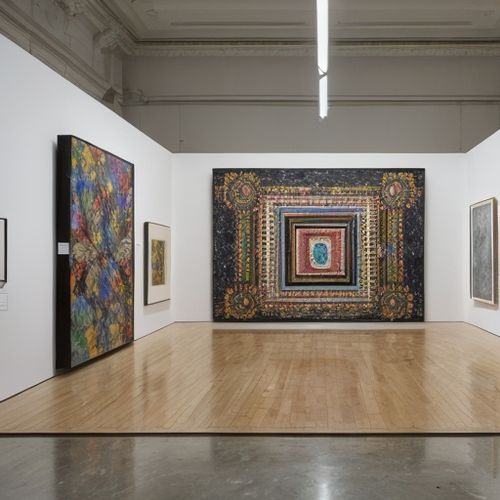
By Daniel Scott/Apr 12, 2025
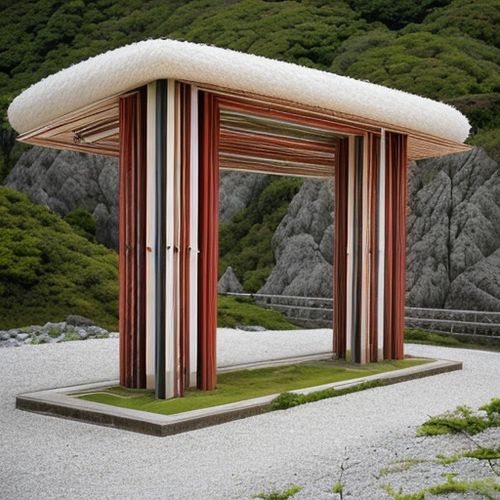
By Megan Clark/Apr 12, 2025
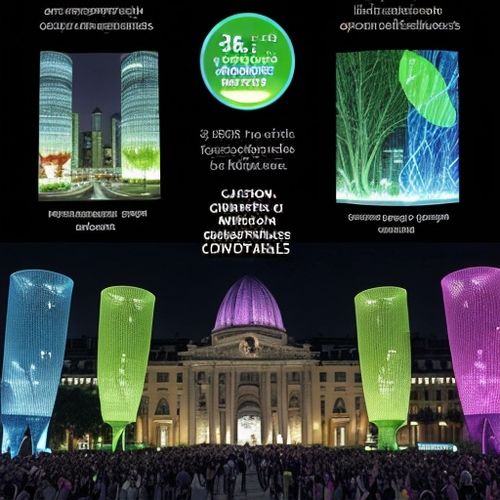
By Elizabeth Taylor/Apr 12, 2025
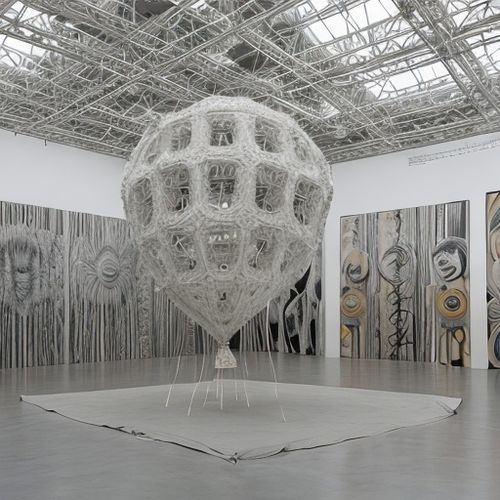
By James Moore/Apr 12, 2025
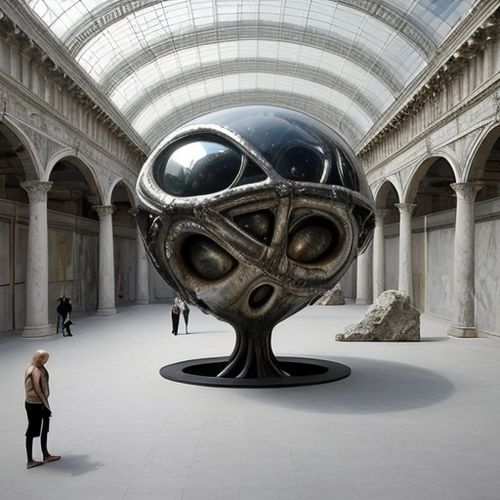
By Natalie Campbell/Apr 12, 2025
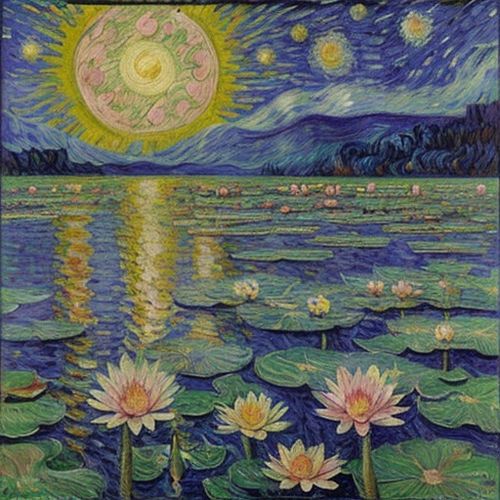
By Grace Cox/Apr 12, 2025

By David Anderson/Apr 12, 2025
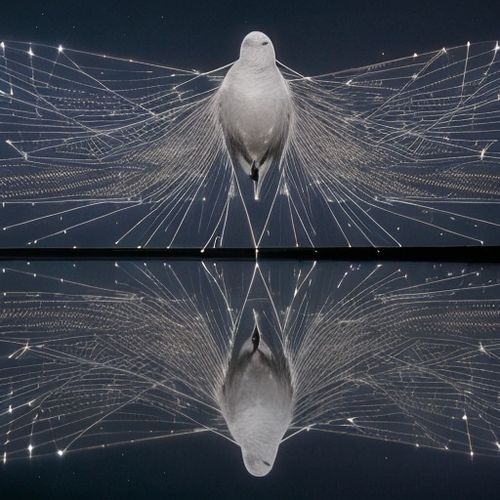
By Emma Thompson/Apr 12, 2025
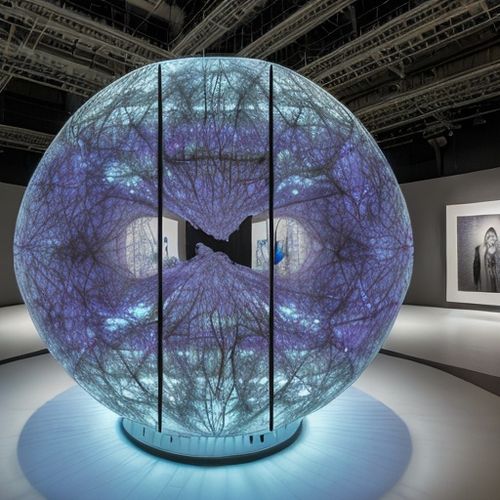
By Jessica Lee/Apr 12, 2025
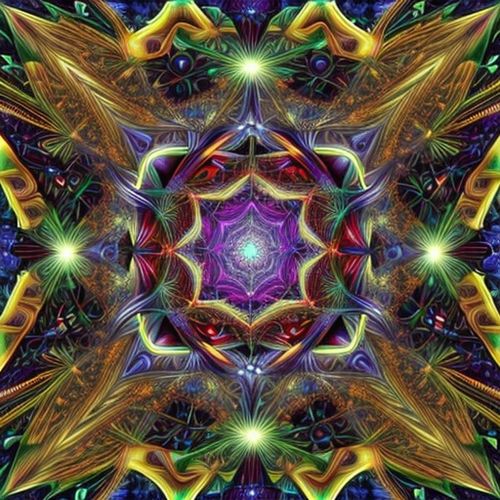
By Thomas Roberts/Apr 12, 2025
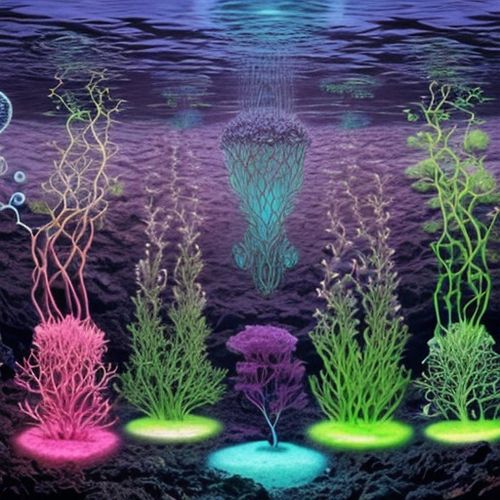
By Noah Bell/Apr 12, 2025
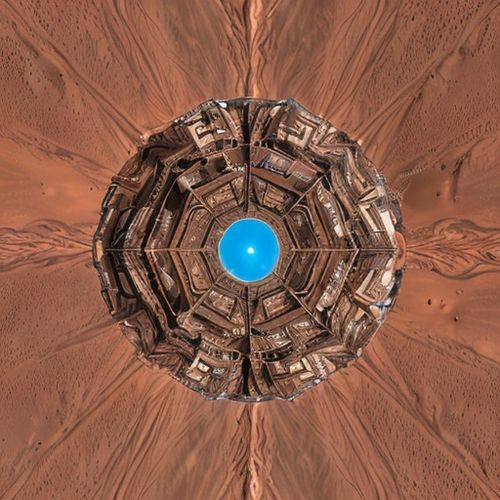
By David Anderson/Apr 12, 2025
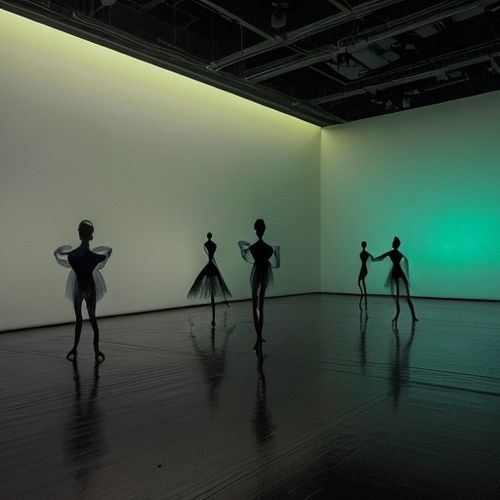
By Victoria Gonzalez/Apr 12, 2025
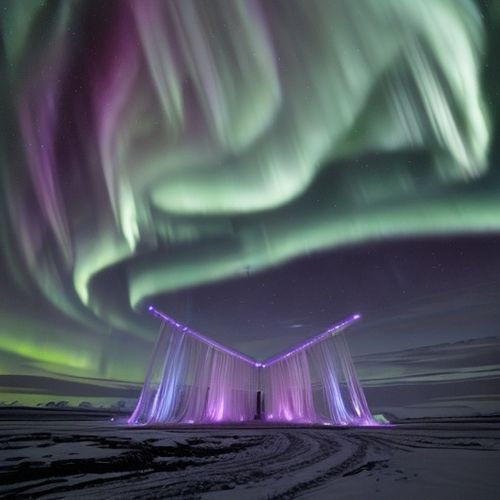
By Sarah Davis/Apr 12, 2025
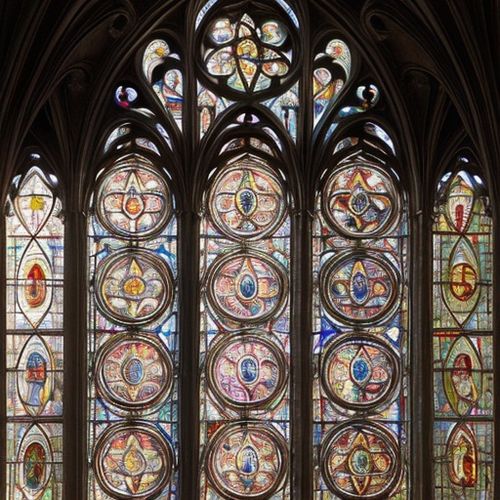
By Rebecca Stewart/Apr 12, 2025
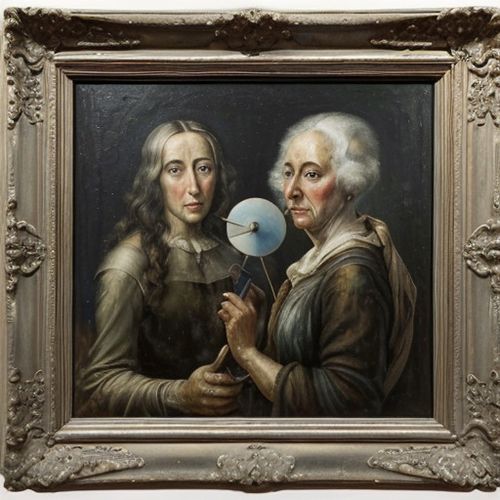
By James Moore/Apr 12, 2025
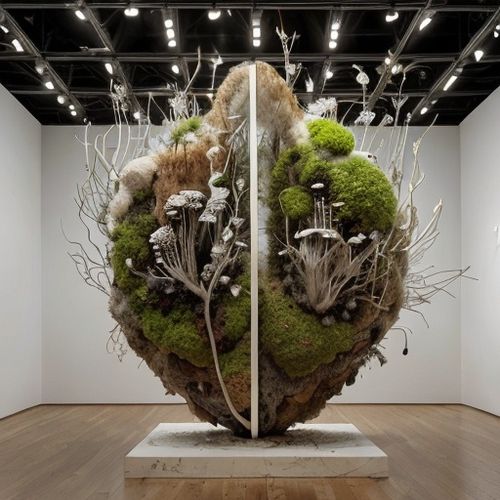
By Thomas Roberts/Apr 12, 2025
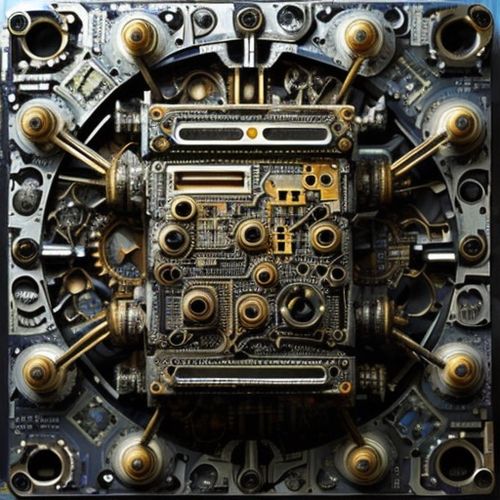
By Lily Simpson/Apr 12, 2025